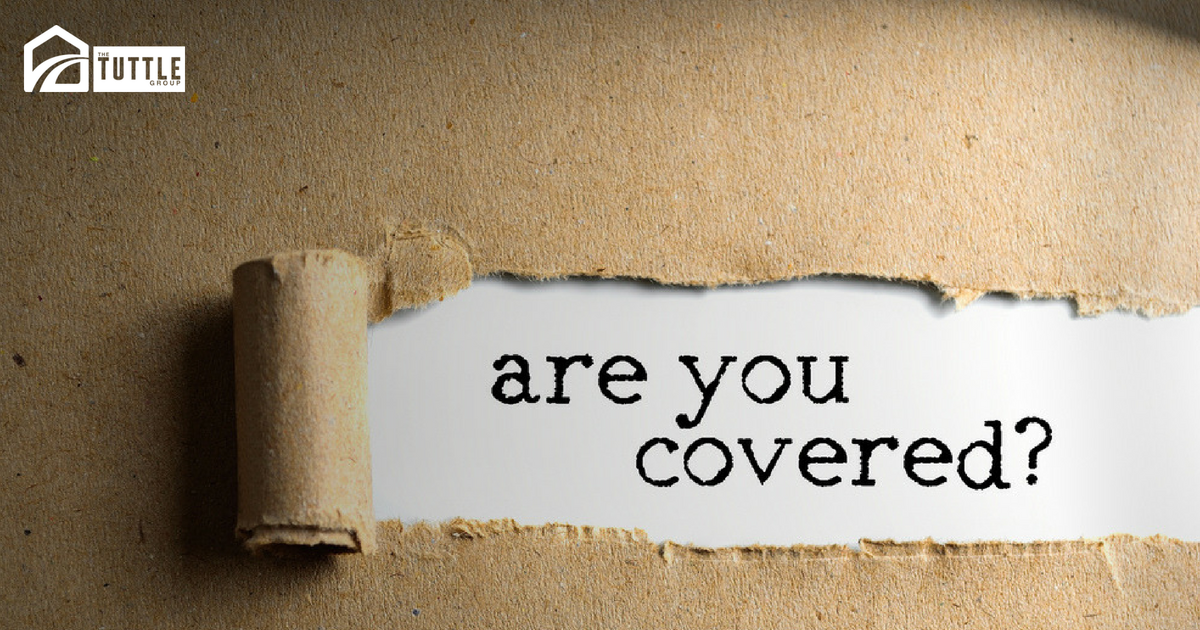
Our homes are one of our most valuable purchases and one that most can’t afford to replace when disaster hits. Understanding Homeowners Insurance and ensuring you have the right coverage for your home is important.
When it comes to Homeowners Insurance, we go to the experts at Community Insurance Advisors. While they won’t be able to help you escape Mother Nature, John Allen and his team will help make sure you’re adequately covered and prepared for whatever life may throw at you.
The top 3 things you should look for in a Homeowners Insurance Policy include:
1. Get a Replacement Cost Policy, not Actual Cash Value (ACV).
Many policyholders insure their homes for an amount equal to the current value of their home. This figure, however, may be well under the actual cost of rebuilding your home and replacing your belongings. Actual Cash Value bases claims on the depreciated value. It can cost less in premiums but offers less coverage. Replacement Cost Coverage does not factor in depreciation and pays to rebuild your home and replace your belongings with new, similar items, up to your coverage limit.
Keep in mind, when major storms occur and your home gets damaged, the cost of labor and supplies to repair your home can also rise significantly because of big demand and short supply. Avoid underinsuring your home.
2. Get Water Endorsements.
If your home is near a lake, river or flood zone, your mortgage lender may already require you to have flood insurance. However, flood insurance isn’t just for homes in flood prone areas. If water gathers outside your home, then comes into your home, that’s flood and not covered under a standard Homeowners Policy.
Water damage is expensive. You should at least discuss water endorsements with your insurance advisor to determine if you this coverage is for you.
3. Get an All Risk Policy, not a Named Perils Policy.
An All Risk Policy covers everything that can damage your home, except what is specifically excluded in the policy. Common exclusions may include flood, earthquake, war, etc.
A Named Perils Policy covers only what is specifically noted in the policy. Meaning the policy will only pay for property damage that results from the exact list of perils (cause of loss). and the burden is on the insured to prove that one of the named perils caused the loss. Examples of the perils insured against on a Named Perils Policy: wind, hail, aircraft, vehicles, riot, etc.
The big difference between these two types of coverage is where the responsibility falls for determining if coverage is available. On a Named Perils Policy, the burden is on the insured to prove that one of the named perils caused the loss. Whereas with an All Risk Policy, the insurer must prove the cause of loss was specifically excluded in order to deny coverage.
There are different ways to save money on your Homeowners Insurance Policy. Some you may be more comfortable with, and others you may not be. Our advice is to always make sure you understand why they cost less and if the savings is truly worth it should anything ever happen to your home.
Our good friends at Community Insurance Advisors can help answer any questions you may have on homeowners insurance. Give them a shout to discuss your insurance needs and be sure to tell them The Tuttle Group sent you!



